Life through a lens
Since 2011 Katsumi Hirabayashi has been documenting the impacts of the Great East Japan Earthquake.
He talks us through some of his most memorable photographs.
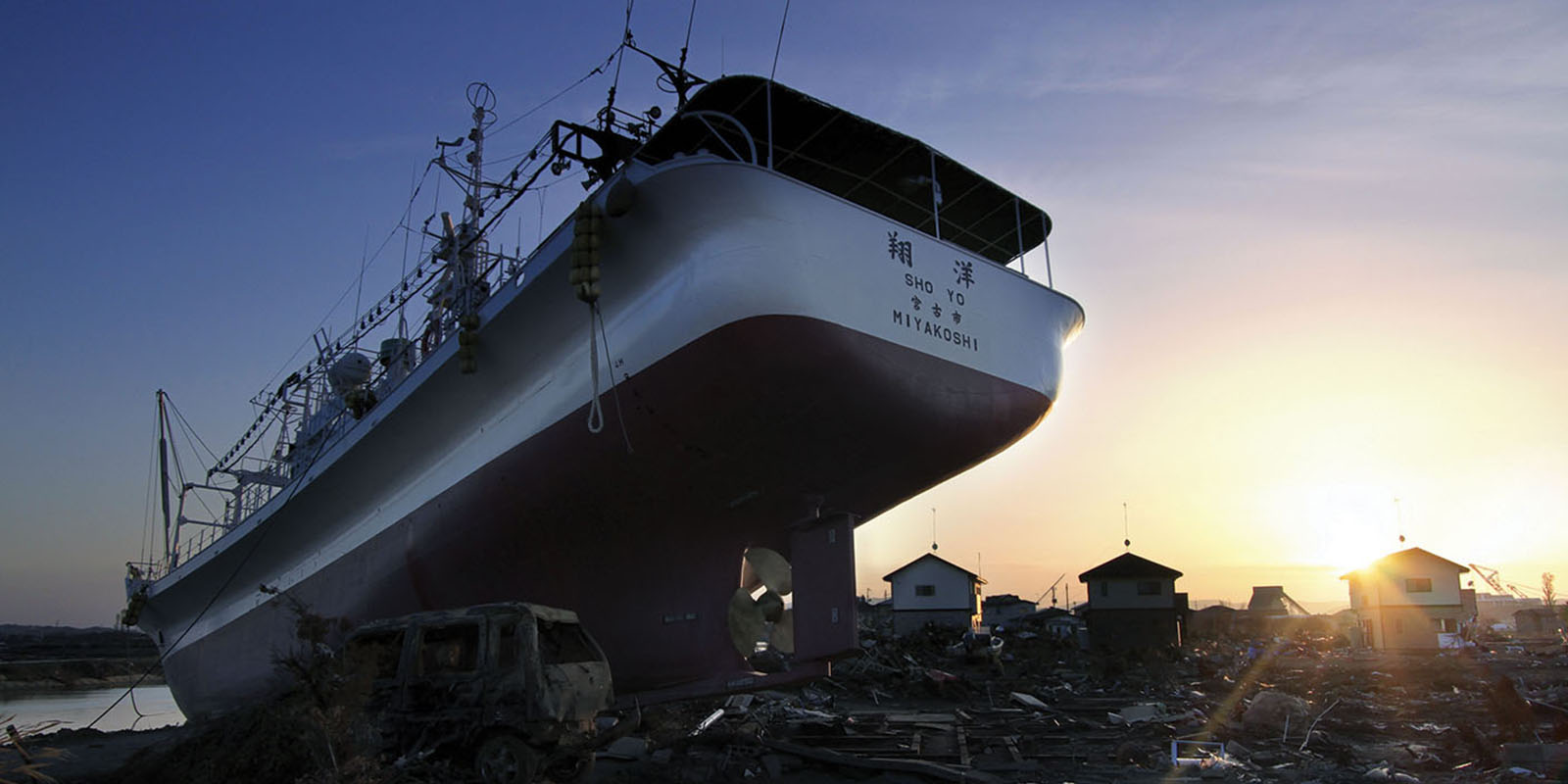
May 2011, Higashi-Matsushima
“After the tsunami caused by the earthquake in 2011, many ships were found washed up far away from their home port. It was incredible to see.”
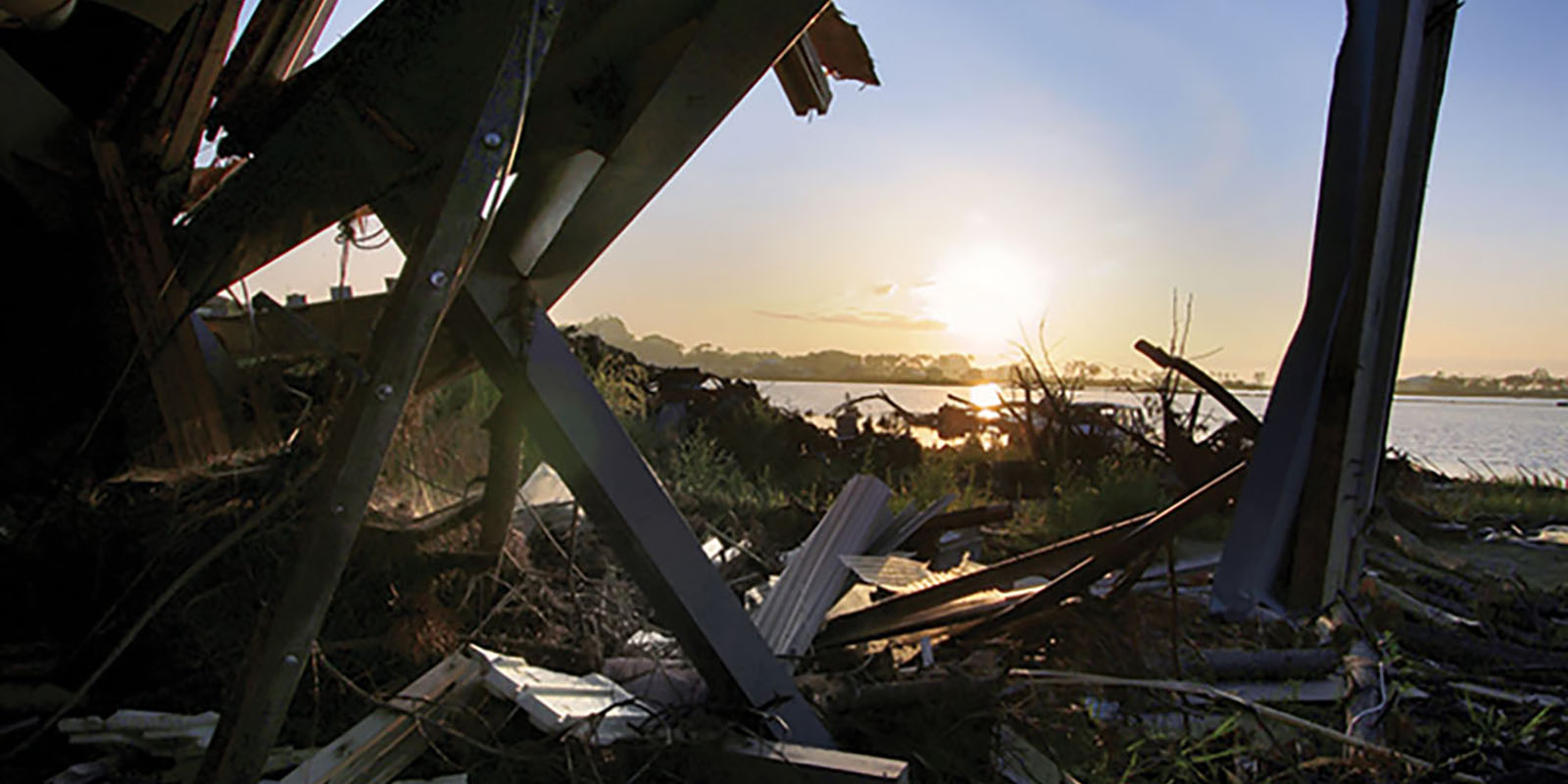
August 2011, Higashi-Matsushima
“Months after the tsunami, the town looked as though it had just been struck. This wooden building was damaged so badly you couldn’t even make out its original structure. It’s unsettling to think about the people who may have been inside when it collapsed.”
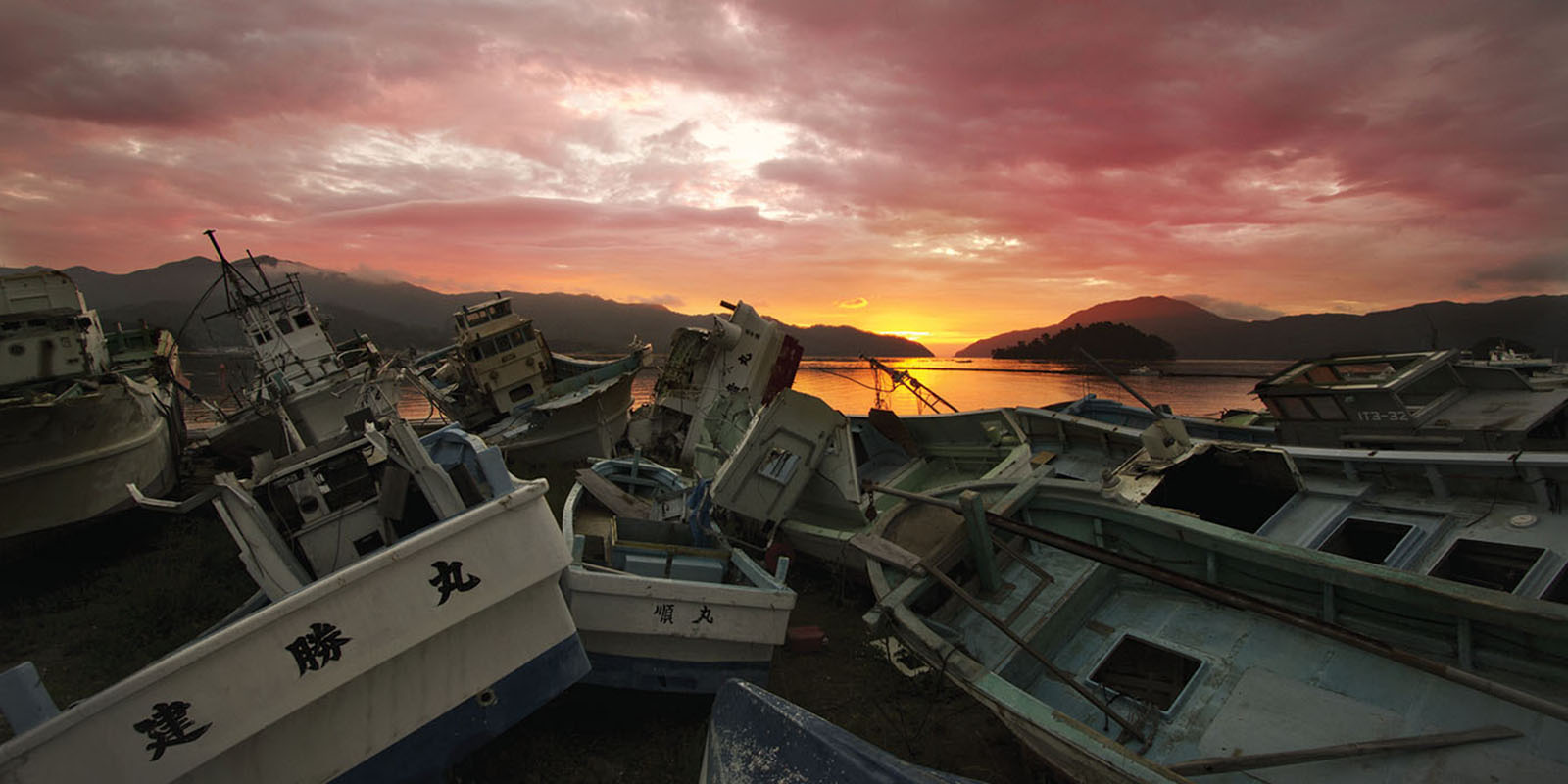
December 2011, Yamada
“All the boats that washed ashore were eventually collected and discarded. I often wonder how the people who once sailed these are doing now.”
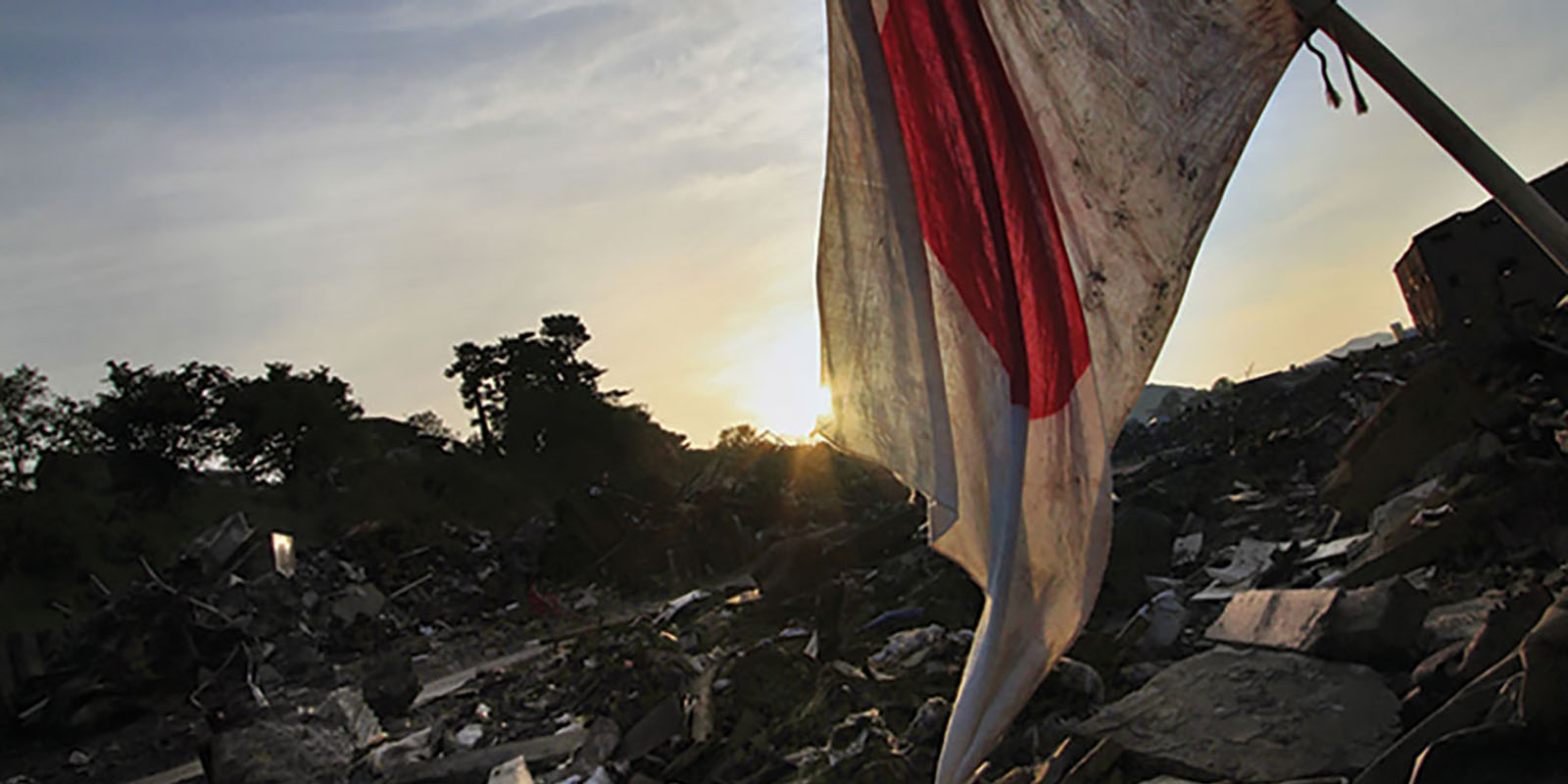
May 2011, Ishinomaki
“The national flag isn’t something you come across every day, but it is often raised in places that have been struck by disaster as a display of people’s strong spirit.”

April 2014, Naraha
“This was shot in an area with restricted access [due to the nuclear accident]. Even with high levels of radiation, the cherry blossoms still bloom every April.”
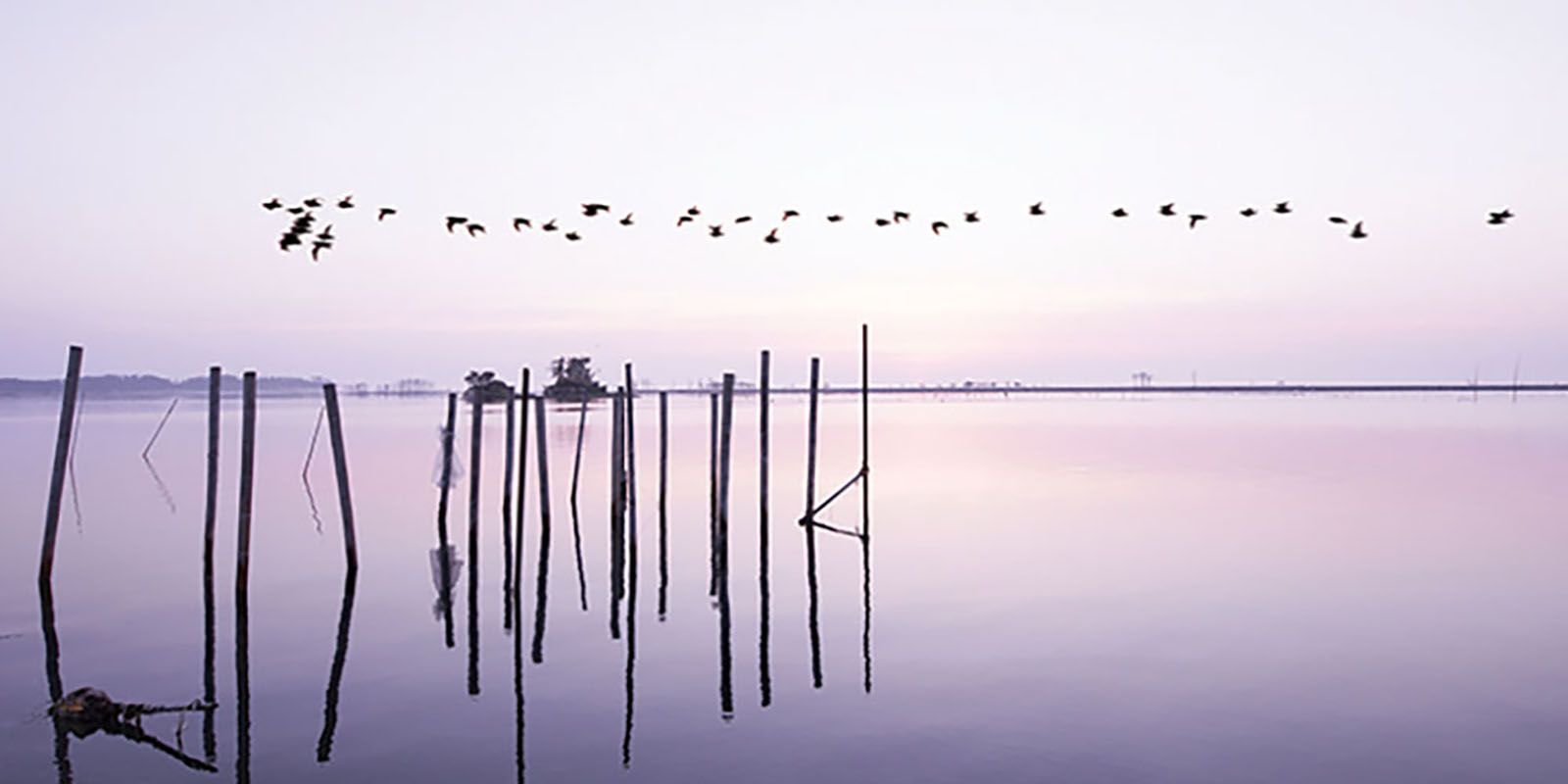
May 2014, Soma
“When you’re in a disaster zone, you’ll often see birds circling the sky. I wonder how the devastated area looks to them.”
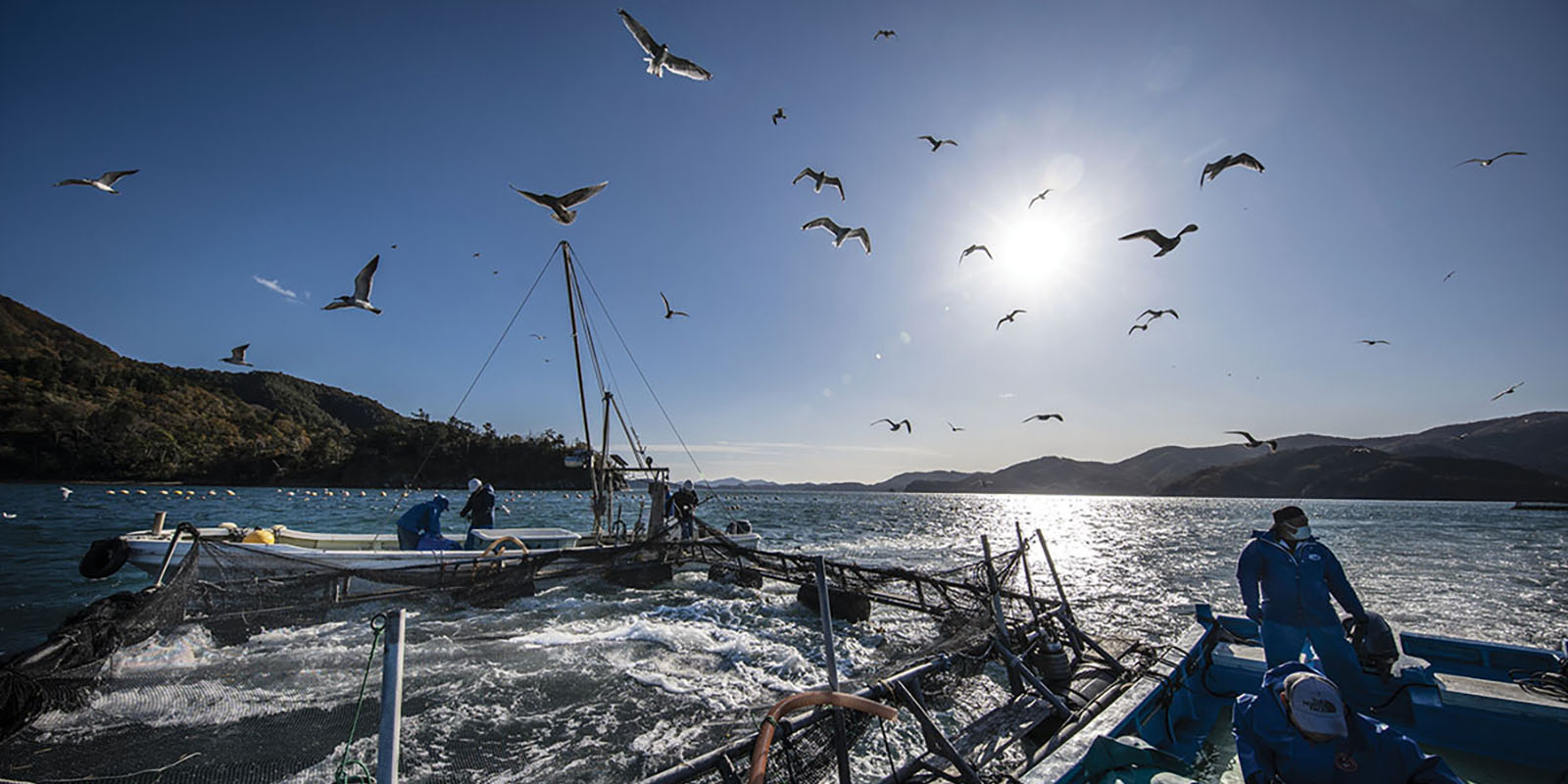
November 2019, Ishinomaki
“For years after the disaster it was impossible to fish in certain areas due to the damage caused by the tsunami, but recently the salmon fisheries have been gradually reviving in Ishinomaki.”
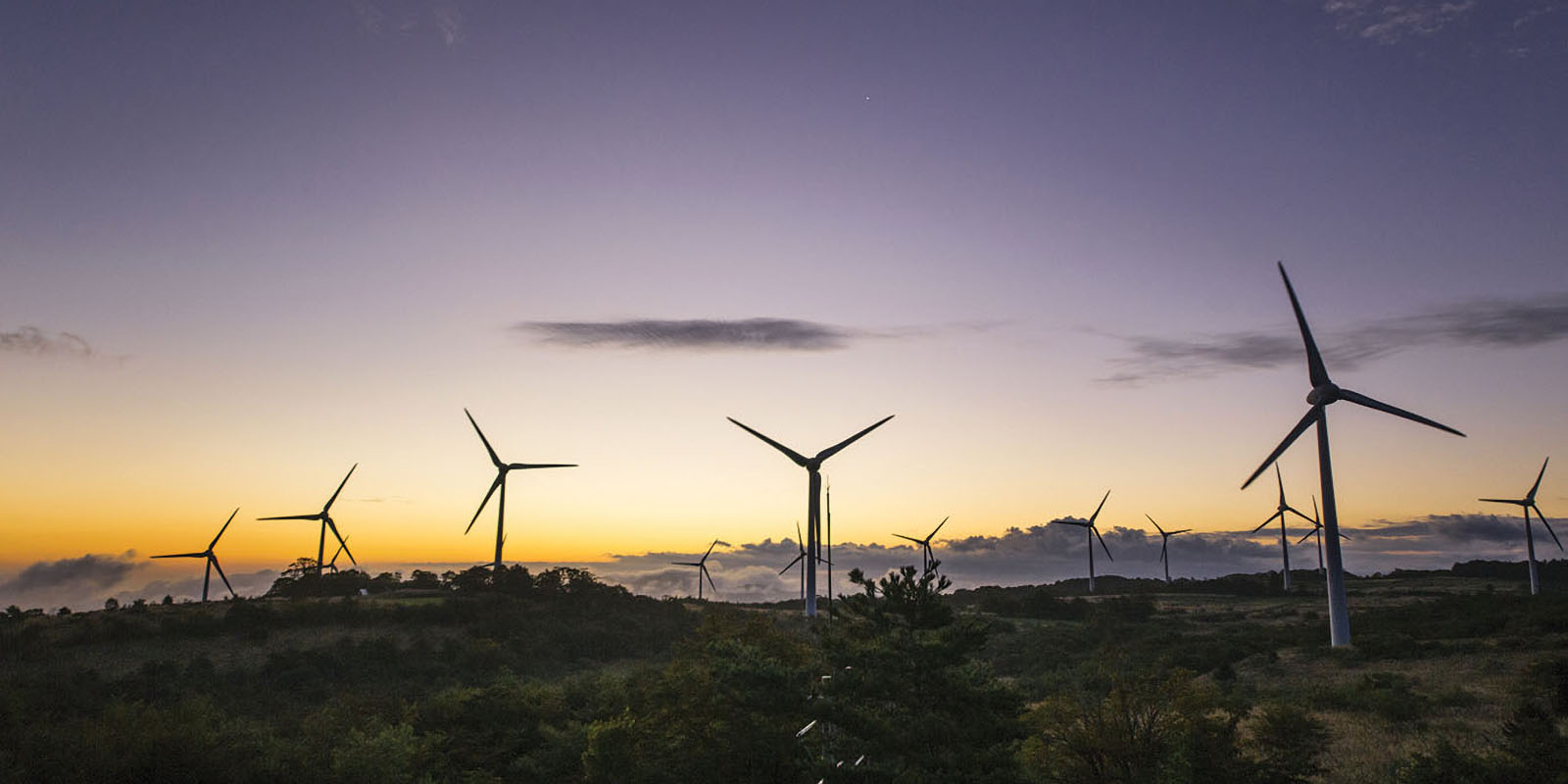
September 2015, Koriyama
“Nuclear power isn’t the only form of energy that Fukushima produces.”
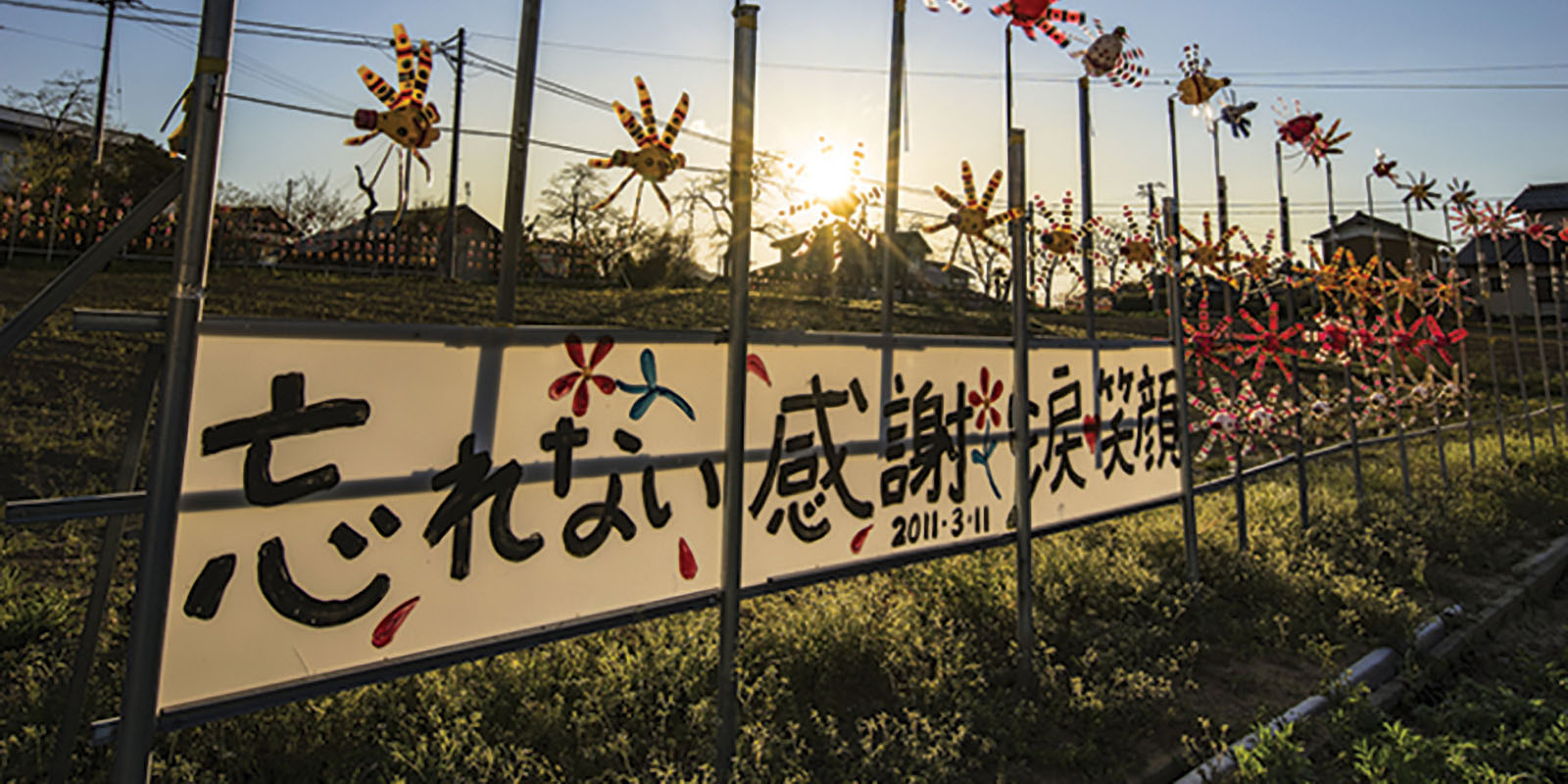
May 2017, Kesennuma
“This is a message from the people of Kesennuma to those who helped after the disaster. It says ‘We won’t forget, thank you.’ Even today, the feelings of hope and gratitude are still palpable around Tohoku.”
Katsumi Hirabayashi’s ‘Haru Light & Letters: 3.11’, a photography book documenting the impacts of the Great East Japan Earthquake is published by Soshisha at ¥3,960.